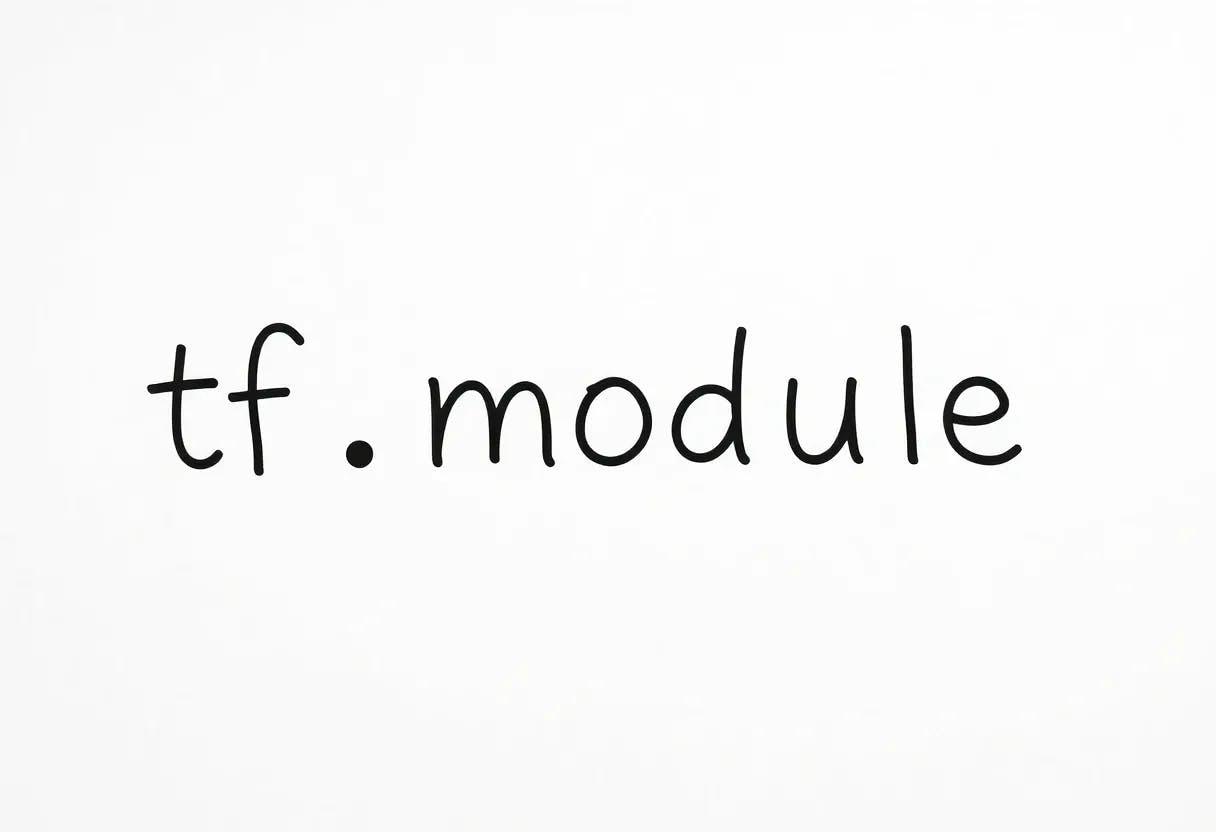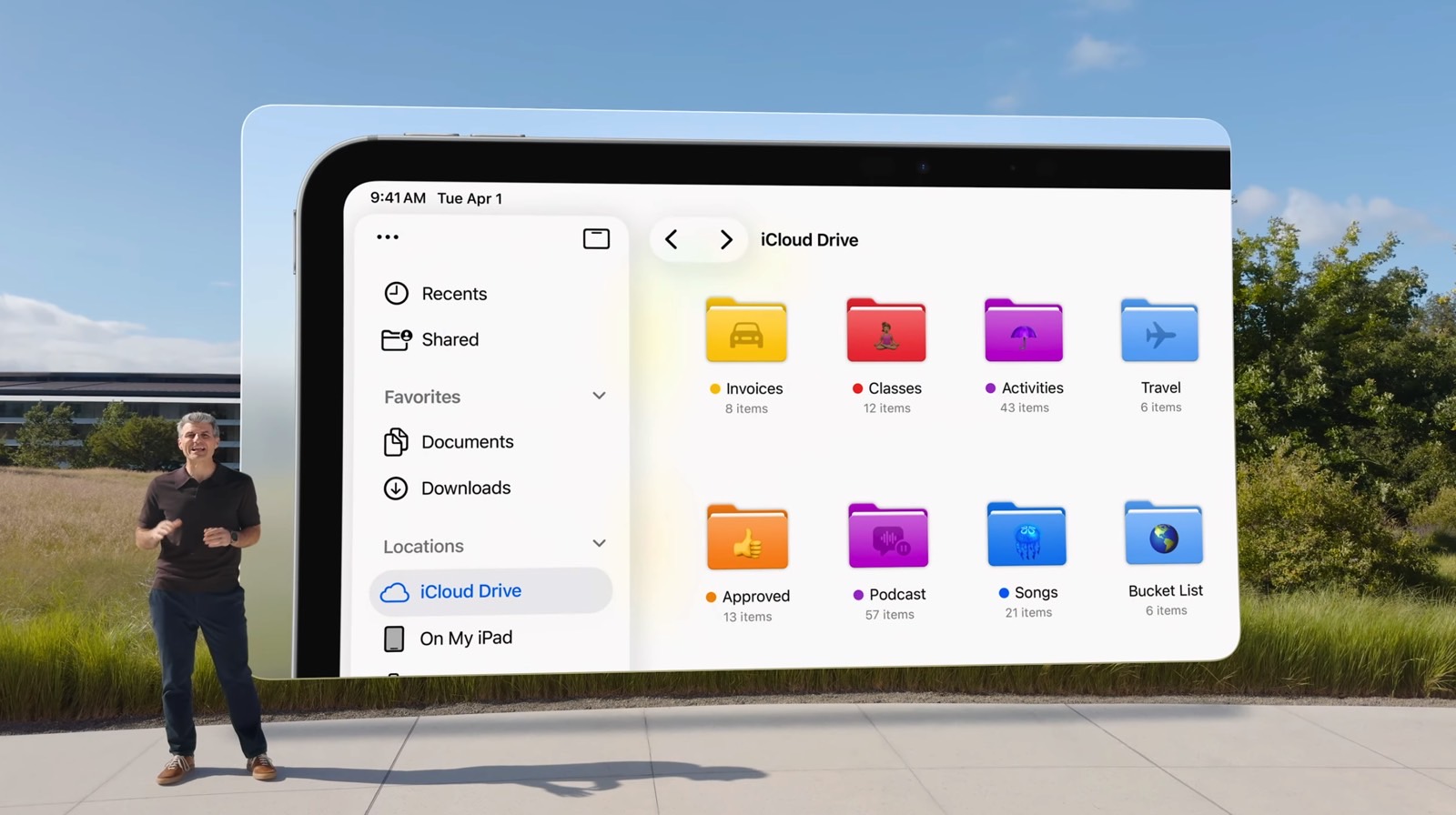The enterprise data management landscape is undergoing a fundamental transformation, and the recent SAP Sapphire events in Orlando and Madrid have crystallized what forward-thinking organizations already suspected: the future belongs to those who can seamlessly integrate data migration, composable architectures, and business continuity into a single, cohesive strategy. As SNP’s Transformation World in Heidelberg approaches, the convergence of these themes reveals where enterprise software is truly heading.
SAP Sapphire 2025 made one thing abundantly clear: the era of monolithic, rigid enterprise systems is ending. In its place, SAP is championing a vision of composable, agile enterprises built on Suite as a Service foundations and harmonized data through the Business Data Cloud. Christian Klein’s keynote emphasized that organizations must embrace composable enterprise architectures that enable rapid adaptation to changing business requirements while maintaining operational excellence.
This composable vision represents a fundamental shift from traditional enterprise software deployment. Rather than implementing massive, all-encompassing systems that require years to customize and deploy, organizations can now assemble business capabilities like building blocks, creating exactly the functionality they need while retaining the flexibility to evolve rapidly as market conditions change.
But here’s where it gets critical: SAP’s vision of a composable, agile, and AI-enabled enterprise depends entirely on a flexible and harmonized data foundation. Organizations can no longer treat data migration as a technical hurdle to be overcome. Instead, data migration must become a strategic investment that enables composability, agility, seamless data integration, and AI consumption from day one.
The Composable Enterprise Imperative
The traditional approach to enterprise software—treating systems as monolithic platforms that define business processes—falls woefully short in today’s dynamic market environment. Organizations are discovering that their ability to compete depends not just on having the right technology, but on having technology that can adapt, integrate, and scale at the speed of business change.
SAP’s Suite as a Service model addresses this challenge head-on by providing composable capabilities that organizations can mix, match, and modify based on their specific needs. This isn’t just about software flexibility—it’s about creating business agility that enables rapid response to market opportunities, regulatory changes, and competitive pressures.
The Business Data Cloud serves as the connective tissue that makes this composability possible. By harmonizing data across disparate systems and business units, organizations can create a unified view of their operations while maintaining the flexibility to adapt individual components without disrupting the entire enterprise architecture.
The Business Continuity and Agility Imperative
While everyone’s discussing the transformative potential of composable architectures, the rubber meets the road on business continuity and operational agility. The reality is stark: enterprises can’t afford prolonged downtime during major system transformations, and they certainly can’t risk data integrity issues that could cascade through interconnected business processes.
SAP’s composable enterprise capabilities and AI tools like Joule will only function effectively if system transformations occur without prolonged downtime or data integrity risks. This acceleration isn’t just about speed—it’s about maintaining operational excellence while fundamentally rewiring how businesses operate. The organizations that get this right are those that treat business continuity not as a constraint on transformation, but as a design principle that shapes how transformation happens.
Consider what this means in practice: instead of the traditional “rip and replace” mentality, successful organizations are adopting what experts call the “always-on transformation” approach. They’re migrating data and modernizing systems in ways that maintain full operational capacity throughout the process while building the composable capabilities that will define their competitive advantage. This isn’t just smart business—it’s becoming a competitive necessity as customer expectations for uninterrupted service continue to escalate alongside demands for personalized, agile business responses.
SNP’s Kyano: Enabling Composable Transformation
Enter SNP’s Transformation World in Heidelberg, where the company will showcase how their Kyano platform addresses exactly these challenges. Agility Analysis offers continuous cloud services that measure, benchmark, and optimize business agility in real-time, perfectly aligning with SAP’s Business Data Cloud vision and composable architecture strategies.
What makes Kyano particularly compelling isn’t just its technical capabilities but its philosophical alignment with SAP’s composable enterprise vision. SNP supports the clean core principle, providing businesses the flexibility to harmonize, migrate, and modernize without disruption to daily business operations. The platform consolidates fragmented landscapes and streamlines transformation journeys, creating the foundation for composable architectures.
With the introduction of the Agility Analysis, Kyano provides continuous monitoring and optimization of business agility based on smart KPIs and trend analyses. This isn’t just about measuring system performance—it’s about quantifying an organization’s ability to adapt and respond to changing business requirements.
The Bluefield approach represents a fundamental shift in thinking about system modernization that perfectly aligns with composable enterprise principles. Rather than forcing organizations to choose between the disruptive “greenfield” approach (starting fresh) or the limiting “brownfield” approach (working within existing constraints), Bluefield offers a third way that combines the best of both worlds. Organizations can modernize their systems while preserving critical business logic, maintaining operational continuity, and building composable capabilities incrementally.
SNP’s Kyano platform integrates all necessary capabilities and partner offerings to provide a comprehensive software-based experience in data migration and management. Combined with the Bluefield approach, Kyano sets a comprehensive industry standard for restructuring and modernizing SAP-centric IT landscapes faster and more securely while enabling the data harmonization that composable architectures require.
The company works with more than 3,000 customers of all sizes and in all industries in 80 countries. This isn’t just market penetration—it’s validation that the platform-based approach to composable transformation is becoming the enterprise standard.
The Always-On Transformation Model
What’s likely to unfold at SNP’s Transformation World in Heidelberg in June is the full realization of what was outlined during SAP Sapphire: data migration, composable architecture enablement, and business continuity aren’t separate disciplines. They’re three aspects of the same strategic imperative for organizational agility.
SNP and Kyano empower organizations to pursue “always-on transformation”—migrating and modernizing while maintaining operational excellence. This approach recognizes that in today’s business environment, transformation isn’t a discrete project with a clear beginning and end. Instead, it’s an ongoing capability that organizations must build and maintain to remain competitive.
Organizations that continue to treat data migration, system modernization, and business continuity as distinct workstreams will find themselves at a significant disadvantage compared to those that approach them holistically through platforms designed for composable enterprise architectures.
The timing couldn’t be more critical. With SAP’s composable architecture capabilities advancing rapidly, organizations have an incentive to get their transformation strategies right. The companies that successfully integrate data migration designed for composable consumption, executed with uncompromising attention to business continuity, will emerge as the market leaders of the next decade.
What this means for ERP Insiders
Treat data migration as composable architecture enablement, not tactical necessity. The days of viewing data migration as a cost center are over. Smart business leaders are reframing migration projects as strategic investments in composable enterprise capabilities and operational agility. Consider how organizations leveraging SNP’s platform complete complex transformations while building the harmonized data foundations that composable architectures require. The recommendation is clear: allocate migration budgets based on composable capability creation, not just technical requirements. Organizations that invest in migration capabilities that support composable architectures and real-time business adaptation are seeing much faster time-to-value on their digital transformation initiatives.
Design data architecture for composable consumption and AI from day one. Traditional data migration focuses on functional equivalence—making sure data works the same way in the new system as it did in the old one. Data migration must now consider modular system design, real-time integrations, and flexible data structures that support dynamic process composition and AI-driven analytics. Kyano’s Agility Analysis exemplifies how to build data architectures that adapt quickly to business change. Data leaders should evaluate every migration decision through the lens of composable readiness: Will this data structure support modular business processes? Can this governance model scale to handle distributed, interconnected business capabilities?
Embrace platform-based transformation over point solutions for composable enablement. The era of cobbling together disparate migration tools is ending, particularly as organizations need to build composable architectures that require seamless integration. Technology leaders who recognize that integrated platforms like Kyano deliver superior outcomes for composable enterprise deployment are positioning their organizations for long-term success. The Bluefield approach—combining selective data migration with system modernization—reduces project risk while maintaining business continuity throughout transformation and building composable capabilities incrementally. The technical recommendation is straightforward: standardize on platforms that integrate migration, modernization, and ongoing optimization rather than managing multiple vendor relationships. This isn’t just about efficiency—it’s about creating the technical foundation for continuous business adaptation rather than periodic disruption. Join SNP at Transformation World in Heidelberg on June 25 – 26, 2025 to see how Kyano can fast-track SAP transformations and equip organizations to become the agile, composable, and AI-enabled enterprises of tomorrow.









